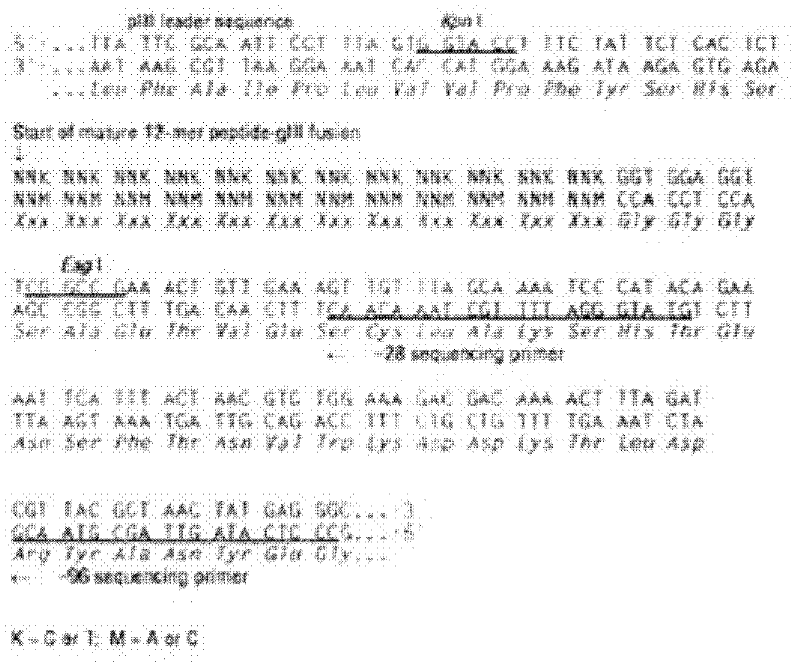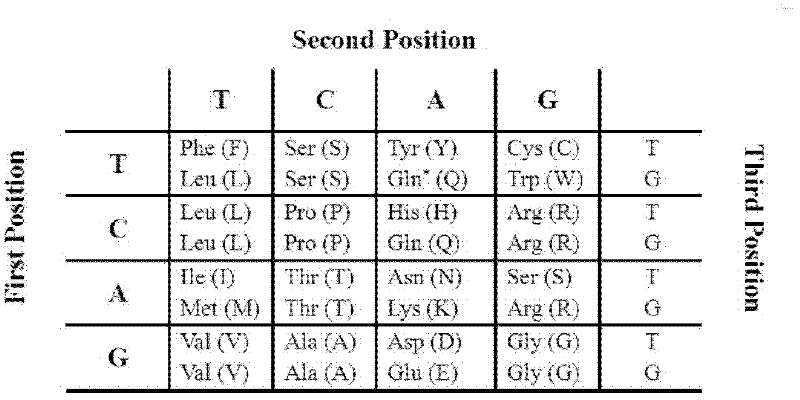Polypeptide specifically combined with HepG2 cell surface
A cell surface and specific technology, applied in the direction of peptides, etc., can solve the problems of low early detection rate of liver cancer and high patient mortality
- Summary
- Abstract
- Description
- Claims
- Application Information
AI Technical Summary
Problems solved by technology
Method used
Image
Examples
Embodiment Construction
[0020] 1. Technical route
[0021] The present invention adopts the phage polypeptide display technology, takes the human liver cancer HepG2 cell line as the target cell, and uses the human embryonic kidney HEK293 cell as the negative adsorption cell to carry out four rounds of subtractive screening, and screens the polypeptide that can specifically bind to the liver cancer HepG2 cell from the phage 12 peptide library Motif, retrieve the cell surface receptors it may recognize, and provide a good experimental basis for further research on early diagnosis and targeted therapy of liver cancer. The specific technical route is as follows: figure 1 shown.
[0022] 2. Materials and methods
[0023] 2.1 Main experimental materials
[0024] 2.1.1 Cells, phage peptide library, host bacteria
[0025] (1) Cell lines: human liver cancer cell line HepG2, human embryonic kidney cell line HEK293, purchased from ATCC (Rockville, USA).
[0026] (2) Phage peptide library: random dodecapepti...
PUM
 Login to View More
Login to View More Abstract
Description
Claims
Application Information
 Login to View More
Login to View More - R&D
- Intellectual Property
- Life Sciences
- Materials
- Tech Scout
- Unparalleled Data Quality
- Higher Quality Content
- 60% Fewer Hallucinations
Browse by: Latest US Patents, China's latest patents, Technical Efficacy Thesaurus, Application Domain, Technology Topic, Popular Technical Reports.
© 2025 PatSnap. All rights reserved.Legal|Privacy policy|Modern Slavery Act Transparency Statement|Sitemap|About US| Contact US: help@patsnap.com



